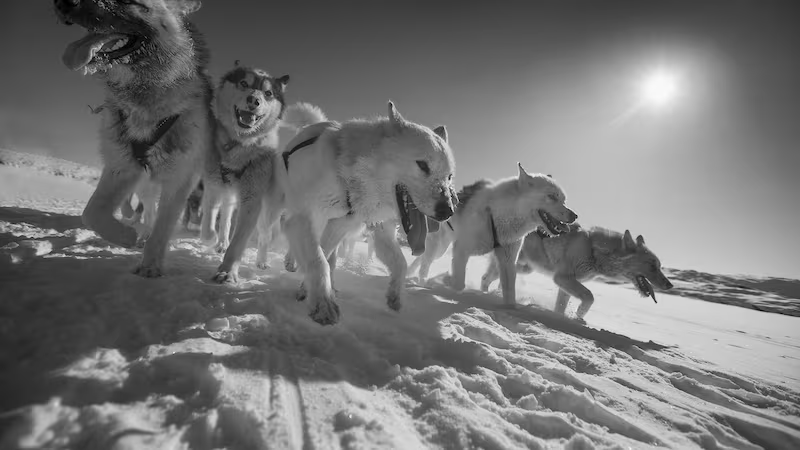Two nearby Earth-like planets, with many of the factors required for life, have been discovered by a team led by Irish astrophysicist Dr Sandra Jeffers.
The planets called 887b and 887c have been found orbiting a star called Gliese 887 which is 11 light years away; making them next door neighbours in celestial terms.
“One has a 9.8 day orbit and the other planet orbits at 22 days,” explained Dr Jeffers. We know that the mass [of both] is a few times that of the Earth which is why we call them super earths,” explained Dr Jeffers who is based at the University of Gottingen, Germany.
An exoplanet is a planet located outside our solar system. The first – 51 Pegasus B – was discovered in 1995. Since then about 4,000 more have been found. Details of the latest discovery have been published in the journal Science.
Gliese 887 is a “red dwarf”, smaller than the sun. Red dwarfs are common and associated with solar flare activity which can, over time, erode a planet’s atmosphere that keeps harmful solar rays at bay.
Gliese is exceptional because it is an inactive, benign red dwarf, Dr Jeffers said. That’s good news for life on 887b and 887c, as it means they may have thick atmospheres, protecting life.

The Red Dot research team led by Dr Jeffers has had good success in recent years identifying the signals of Earth-like planets in nearby star systems. “Every exoplanet hunting team has their own area. Our niche is targeting the nearest stars with intense observation,” she added.
The planets were identified by an instrument called the HARPS spectrograph (High Accuracy Radial velocity Planet Searcher). This telescope analyses starlight for tiny changes due to the gravitational pull of a planet on a star, known by scientists as the “Doppler Wobble”.
Certainly 887b and 887c will be targets of interest for NASA's James Webb telescope which will be launched in coming years.
The lack of solar flares and activity around Gliese 887, as well as its nearby location, will make the job of studying this system a lot easier, Dr Jeffers said.
The James Webb telescope will use infrared observations to get information about cloud coverage. That can help scientists understand surface conditions.
However, there is some way to go before scientists can determine, with any scientific certainty, whether an exoplanet is home to life, or not. “To have a scientific grasp on life is going to be 20 or 30 years down the road,” Dr Jeffers pointed out.
Sledge dogs discovery
In a separate study also published by Science, geneticists at Trinity College Dublin have confirmed DNA recovered from the bone of a dog found at a site in Siberian indicates humans were operating sledge dogs 9,500 years ago.
"Today a dog is a pet, but back then a dog was a tool, and a sledge dog is a tool," said Dr Mikkel Sinding who led the research.
The island of Zhokov is is a well-known archaeological site, famous for its early evidence of dog breeding by humans. In 2003 a bone from a dog called Zhokov, which gave the island its name, was recovered by researchers at the Russian Academy of Scientists.

Dr Sinding, who specialises in ancient DNA, got permission to study the bone.
“We are very lucky in this regard because Siberia is a deep freezer, so the DNA was of quite good quality even though the bone was dissolved,” he added.
The analysis shows sledge dogs emerged as a separate breed of dog at least as far back as 9,500 years ago among Siberian article people.
Separate evidence from arrow tips which were made from stones at a site 1,500 km away indicates these ancient people were highly mobile – their diet was made up of a huge abundance of polar bear and reindeer.
“They had to transport big body parts back to camp,” Dr Sinding noted. “You don’t just walk away with a reindeer, or walk away with a polar bear.”
The research suggests sledges pulled by specially-bred dogs was one of the first forms of human transportation.
“It is comparable to when people in the Middle East invented the wheel,” he believed. “It’s one of the big things in human history. It makes good sense that in this environment the modern sledge dogs arose, but it’s near mind blowing that you still have the exact same family of dogs as you had back then doing the same thing for almost 10,000 years.”










